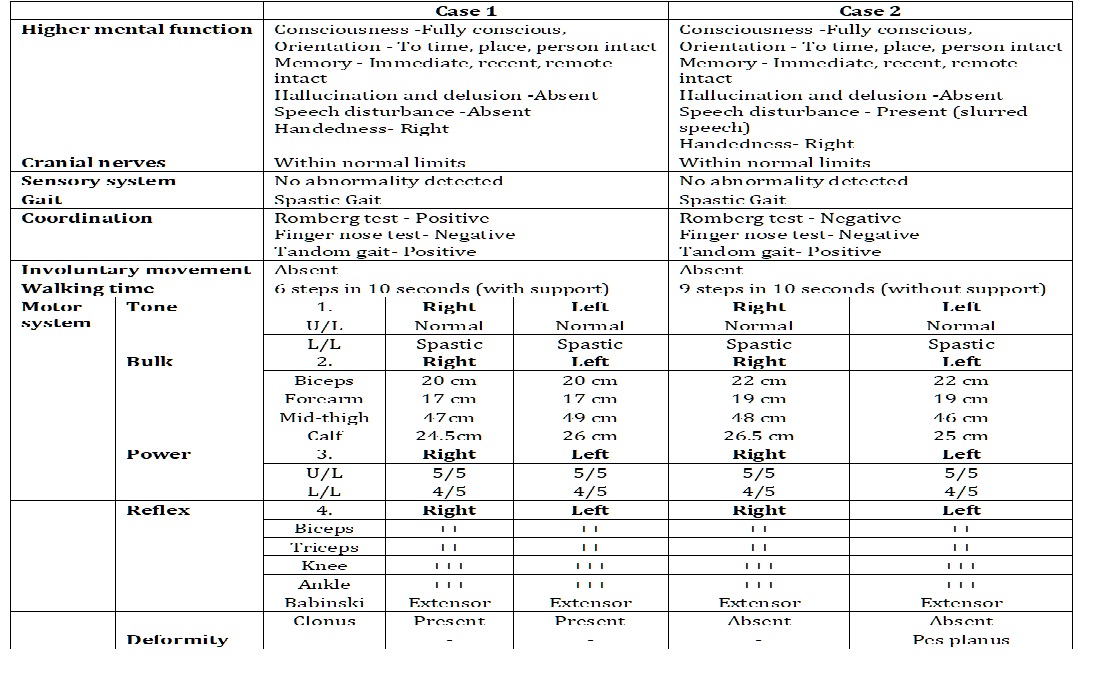Panchakarma Intervention in Heriditary Spastic Paraplegia
DOI:
https://doi.org/10.47070/ayushdhara.v11i4.1693Keywords:
Abhyanga, Basti, Brumhana, Hereditary spastic paraplegia, SekaAbstract
Hereditary Spastic Paraplegia (HSP) is a large group of inherited neurological disorders, in which the prominent feature is a progressive spastic paraparesis. it can be Multiple genetic mutations with various inheritance patterns (autosomal dominant, autosomal recessive, X-linked recessive). Direct correlation of Hereditary Spastic Paraplegia (HSP) is not found in Ayurvedic classics. It can be studied within the broad spectrum of Vatavyadhi. In the present cases, based on the symptoms observed in patients, it can be considered under the category of Pangu. Objectives: By considering Pangu is manifested from vitiated Vata dosha in combination with other Dosha and presents with symptoms of reduced strength in bilateral lower limb and abnormal gait. An attempt has been made to evaluate the efficacy of Panchakarma procedures in the conservative management of the disease. Method: Two cases of HSP presented with symptoms of difficulty in walking, weakness in bilateral lower limb along with stiffness managed with Dashamoola Kashaya seka, Shastikashalipinda sweda, Balavarnakara basti in Kalabasti pattern. Results: The patient was assessed based on sign and symptoms of HSP. Conclusion: Panchakarma treatment having encouraging results in improving quality of life of patients.
Downloads

Downloads
Published
Issue
Section
License
Copyright (c) 2024 AYUSHDHARA

This work is licensed under a Creative Commons Attribution-NonCommercial-ShareAlike 4.0 International License.


